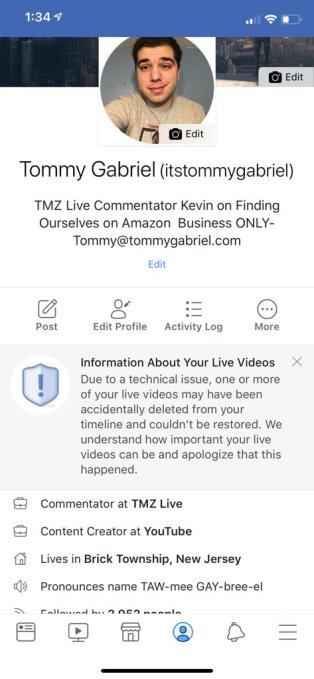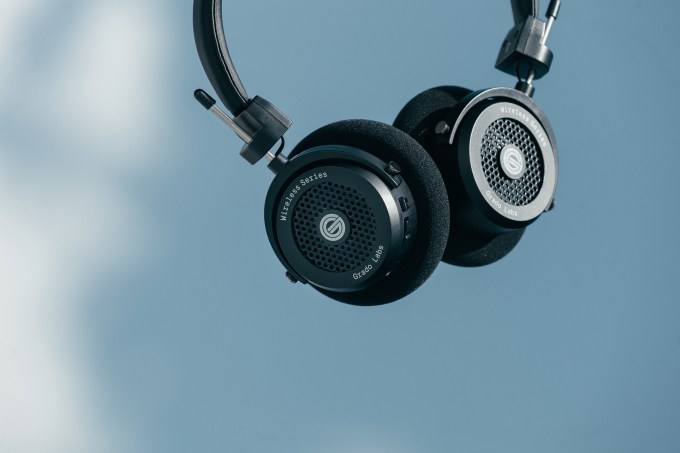Eva Yoo is a Shanghai-based tech writer for TechNode.
The advantage of entering an emerging market is that the market still has a lot of empty space to fill, and as a startup you can be the first player. Kazakhstan might not be the first country that comes to mind when you think of overseas expansion. However, it is the world’s largest landlocked country, and shares borders with Russia and China, which are important consumer markets as well as technology hubs.
In fact, companies in Russia and China provided good benchmarks for Chocofamily, now the biggest e-commerce holding in Kazakhstan. The 2011-founded startup’s current capitalization is $50 million, and they’ve hired 350 employees in their office in Almaty, the country’s largest city and previous capital.
The company claims it has 2 million registered users on its platform, and expects $170 million gross billings in 2018 with 7,000 purchases per day. Chocofamily launched their payment app, Rakmet, in 2017, following in the steps of WeChat Pay.
2011: Copying from Russia
Looking at how Groupon was exploding in Russia, and how Delivery Club, a Russia-based food delivery service, was growing at a fast pace, the founder of Chocofamily, Ramil Mukhoryapov, decided the success could be replicated in Kazakhstan. So he quit his studies in Russia and went to Kazakhstan.
“Russia is three years above Kazakhstan. Check out what is happening in Russia and do the same in Kazakhstan, it is going to work in three years. That’s what we did, how we started the Chocofamily itself,” Nikolay Shcherbak, CEO at Chocofood says. “We just copied. If this works in Russia, it will work in Kazakhstan as well, because the markets are really close to each other.”
Ramil started with a daily deal service, Chocodaily, in Kazakhstan. After his first attempt was successful, he later started Chocofood, a food delivery service; Chocotravel, an online travel service; Lensmark, an online shop for contact lenses; and iDoctor, a platform with all the doctors in Kazakhstan where patients can find the doctor that they need and check doctor and hospital information and reviews. Now all these services are affiliates of Chocofamily Holding.
How this company consolidated the market
In Kazakhstan, Chocofamily had competitors, but they either defeated them, purchased them or merged with them.
Chocofamily’s food delivery service, Chocofood, faced stiff competition in the market. Its rival was Foodpanda, which also started in Kazakhstan in 2013. After a four-year war of attrition, Foodpanda remained as No. 2 and wanted to get out of the market — so Chocofood acquired Foodpanda and took over their customer base and the legal entity. The company got additional growth uplift after integrating with Foodpanda.
“The best we got from the deal was the team, the people. They joined the company and just doubled our orders,” Nikolay says.
Now Chocofood has an 80 percent market share in the food delivery market with 34,000 orders per month, working with 350 restaurants.
Online travel services Chocotravel merged with its rival Aviata in 2017. Now the two companies take a 67 percent combined market share. They’ve been profitable since the second half of 2018, with 80,000 air tickets and 50,000 railway tickets sold per month.
In the future, Chocotravel plans to enter the South-Eastern and CIS (Commonwealth of Independent States, namely northwest Russia, Eastern Europe and the Baltic states) travel markets, and they are looking for additional funds for expansion.
2017: Copying from China
In 2017, the company launched a payment app, Rakmet, which means “thank you” in Kazakhstan. It allows users to pay for purchases by simply scanning QR codes. For users, the advantage is that every merchant gives them cash back.
The idea for the app came about in early 2017, as they were looking at other companies in different countries.
“We were looking at WeChat, and it had a good system of using QR codes for payments. We thought it was a good idea. QR code technology is really old, but it only comes to our everyday life now,” Nikolay said.
Like other payment apps, users can use the Rakmet app by connecting their bank card to the app as a payment option. With a population of 18 million in Kazakhstan, bank card penetration is quite good; 19 million bank cards have been issued in total, and there are 10 million active bank cards.
For businesses to join the Rakmet app, they must give a certain percentage of cash back to customers. The approach has been especially popular with cafes and restaurants that have been using loyalty cards to attract consumers. Nikolay says it is a marketing strategy for merchants, because they’re paying the commission to Rakmet only for those transactions. To date, 300+ predominantly small businesses in Almaty have posted their stores via the Rakmet app.
“Rakmet app will be on top of the ecosystem of all Chocofamily affiliates. We also plan to add different services to Rakmet app, such as allowing users to pay traffic fines to the government on the app and pay the parking fee using the app,” Nikolay says.
Women are typically responsible for the household in Central Asia. Thus, women make up 60 percent of their users, making transactions on mobile such as booking flight tickets, ordering food, and making doctor appointments. The biggest growth is among their users in the age group between 25 to 35.
They also are working on big data. The team is now building the infrastructure for big data analysis, such as data warehousing and the support. Then they plan to build the mechanism for data processing. In September, they signed a contract with one of the universities in Kazakhstan so they can attract students who are experts on big data analysis.
In 2011, Chocofamily started with their own money. In 2013, they received $50,000 from two angel investors, then another $150,000. Then they attained Series A funding of $1 million from Murat Abdrakhmanov, an experienced entrepreneur in Kazakhstan, and later received $2 million in Series B.




 The bug raises the question of whether Facebook is a reliable place to share and store our memories and important moments. In March, Facebook COO Sheryl Sandberg told congress regarding the
The bug raises the question of whether Facebook is a reliable place to share and store our memories and important moments. In March, Facebook COO Sheryl Sandberg told congress regarding the 

